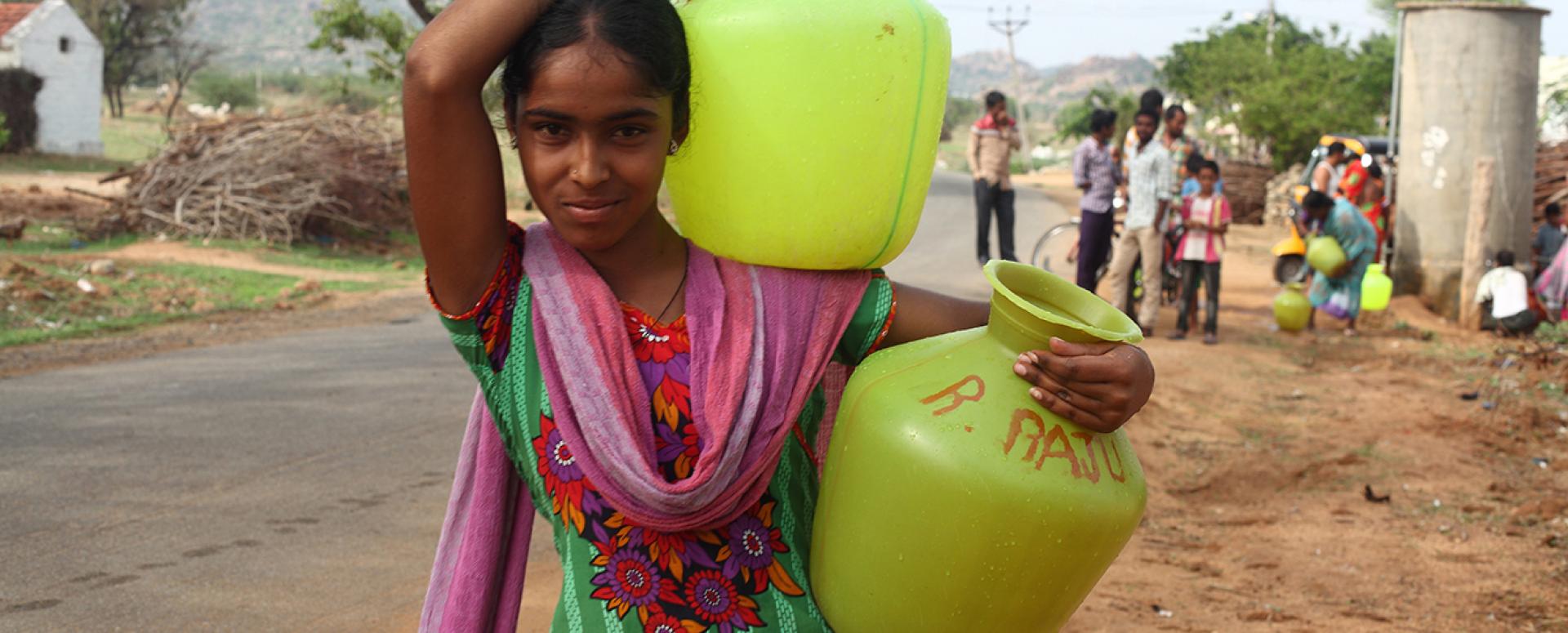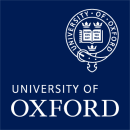
Breadcrumb
Children’s Perspectives
Young Lives considers children as active participants in our research. Here we share some of the children’s own perspectives on the world and their reflections and responses to our research – in their own words. This is an essential part of the Young Lives approach – to ensure children’s voices are heard and their participation is a core value of the study. These testimonies come from our publication Towards a Better Future? Hopes and Fears from Young Lives based on a selection of our qualitative longitudinal research. This is the third book following the same 24 children and young people from our four study countries. When the study began, the children in the ‘Older Cohort’ were eight and those in the ‘Younger Cohort’ were infants. By the time of the interviews for this publication, the youngest children were 13 and the oldest were 20.
Deepak’s story: Indigenous groups
Deepak belongs to one of India’s indigenous groups, known as adivasi or Scheduled Tribes. He lives in a remote rural area with his father, stepmother and three siblings. His mother died in childbirth. The family are poor and life is not easy for them. Deepak is now boarding in a hostel so that he can go to school in another village, but he is struggling.
Harika’s story: Intergenerational cycle of violence
Harika has an older and a younger brother. Her older brother has been informally adopted by an aunt who has no children, so she has effectively been the oldest child in the family for many years. She is a clever girl, and when she was 13 was selected for a national scholarship. But she also missed school a lot because she was needed to help her family in the cotton fields. She was educated up to Grade 12 in a government college, where she and a friend stayed in a hostel because there was no senior secondary school in the village. But now she is married and pregnant with her first child.

